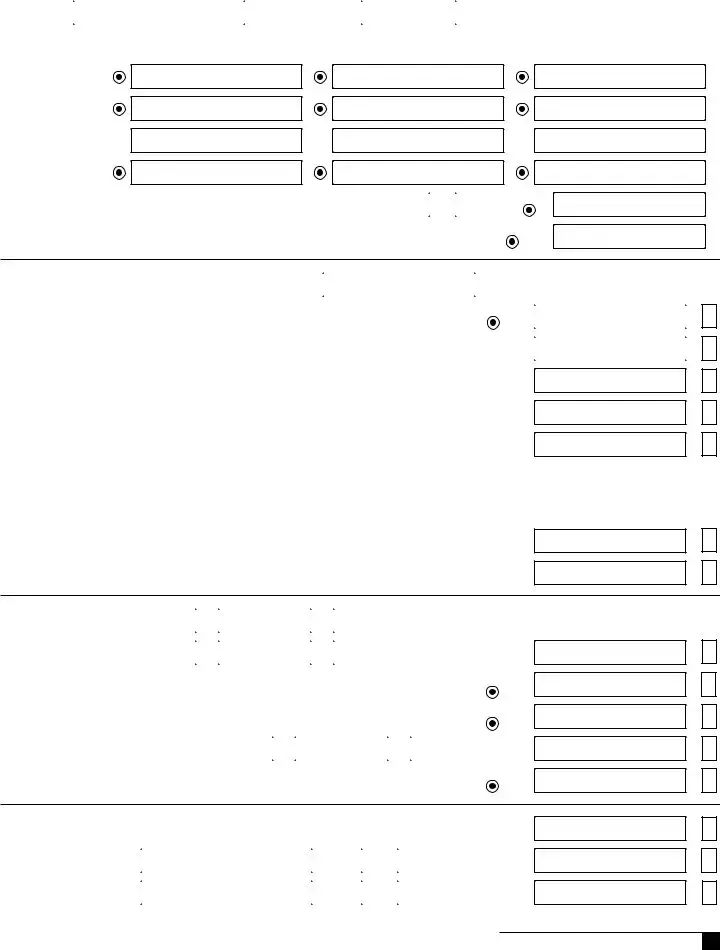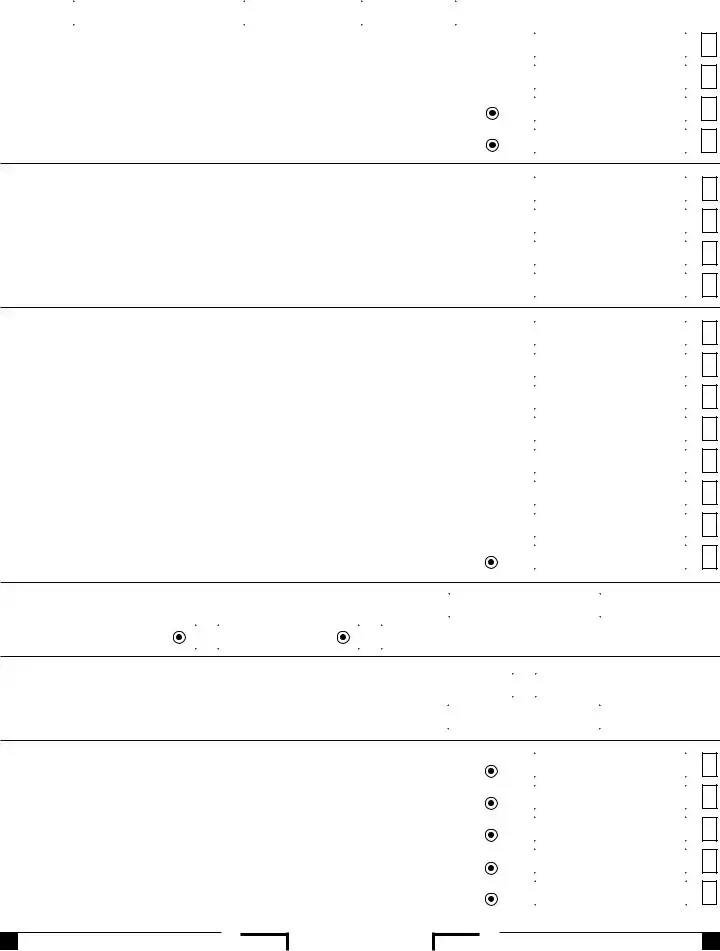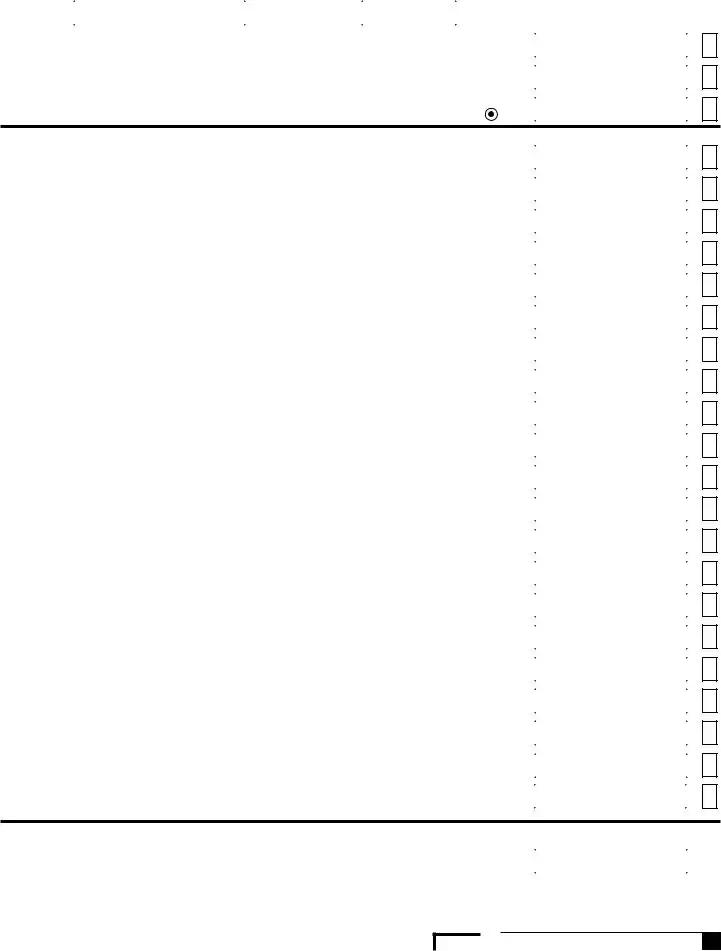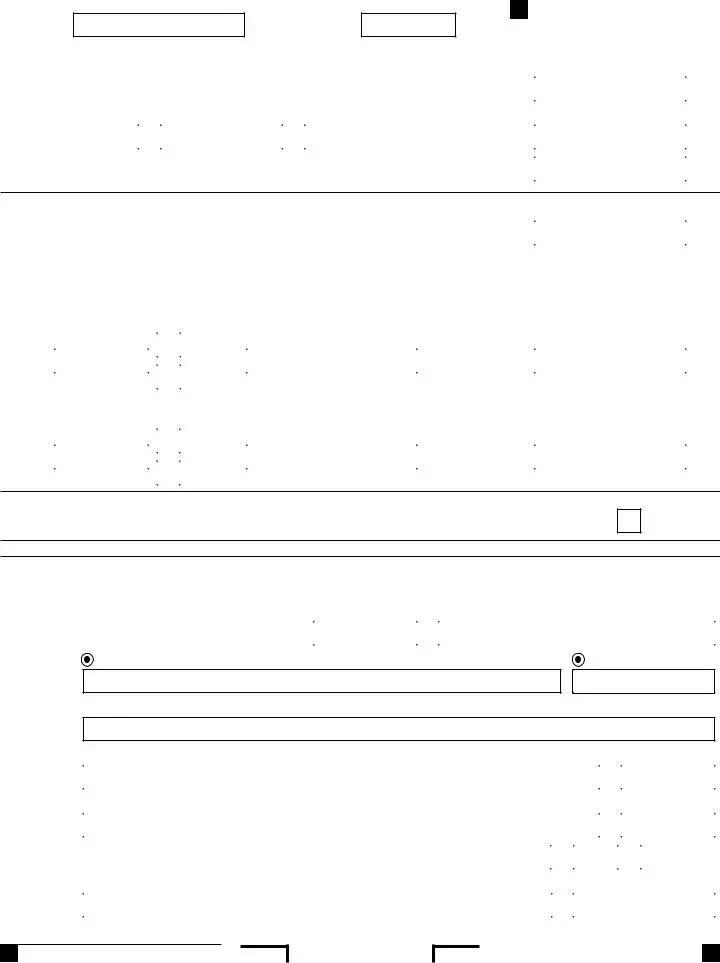The Internal Revenue Service (IRS) Form 1040-V is a payment voucher very similar to the California Form 540-V. Both are used to submit a payment for the taxes owed when filing the individual's tax return. Form 1040-V is for federal tax payments, while Form 540-V is specifically for California state tax payments. Both require the taxpayer's personal information, the amount being paid, and instructions for mailing with a check or money order.
Form 1040-ES is used for estimated tax payments by individuals, similar to how Form 540-V is used for final tax payments. While 540-V is utilized alongside an annual tax return to cover any owed tax, Form 1065-ES is for those who need to make quarterly tax payments throughout the year. Both forms require taxpayers to provide personal information and the amount of payment.
Form 4868 is the Application for Automatic Extension of Time To File U.S. Individual Income Tax Return. This form and the 540-V share the purpose of being supplements to the primary tax return process. Form 4868 is used when more time is needed to file, and if taxes are owed, a payment is recommended to be made with the extension request, similarly to how a payment is made with Form 540-V.
Another similar document, the Sales and Use Tax Return (varies by state), like California's Form 540-V, is used to report and remit taxes owed. The Sales and Use Tax Return is applicable to businesses selling goods and services, requiring detailed sales information and tax calculations. Both forms serve the purpose of ensuring taxes owed are paid to the respective tax authority.
California Form 3522, the LLC Tax Voucher, is akin to Form 540-V but for limited liability companies (LLCs). Both are payment vouchers directed at different taxpayers - Form 540-V for individuals and Form 3522 for LLCs. Each form facilitates the payment of taxes owed and requires similar types of information, including the tax year and amount of payment.
Form 8809, Application for Extension of Time to File Information Returns, is in the same family as Form 540-V insofar as they both relate to filing extensions. However, Form 8809 is used for information returns like W-2s and 1099s, not tax payments. Where they converge is in their facilitation of alignment with fiscal responsibilities, albeit on different fronts.
Form W-4V, Voluntary Withholding Request, is utilized by taxpayers who want taxes withheld from certain payments, such as Social Security benefits, similar to how individuals use Form 540-V to pay their taxes with their return. Both forms are involved in the process of managing tax payments, though W-4V is for withholding and 540-V is for direct payment.
Form IT-201-V, Payment Voucher for Income Tax Returns, is New York's counterpart to California's Form 540-V, designed for individuals to make payments on owed state income tax. Both serve as a method for taxpayers to submit payments with their tax returns, ensuring the correct amount is applied to their accounts. Each requires similar information, such as the taxpayer's name, social security number, and the amount being paid.
Form CA-1100V, Payment Voucher for Corporation Income Tax, is a document similar to Form 540-V but tailored for corporations. Though one is designed for use by individuals and the other by corporations, both aim to simplify the tax payment process. Each voucher requires taxpayer identification and details about the tax year and amount owed.
Finally, the Property Tax Payment Voucher, which varies by county across the United States, shares its core purpose with the Form 540-V. Both are used to remit payments to a tax authority, with the Property Tax Payment Voucher focusing on real estate taxes. Each document requires essential information for ensuring the tax payment is processed properly for the taxpayer.

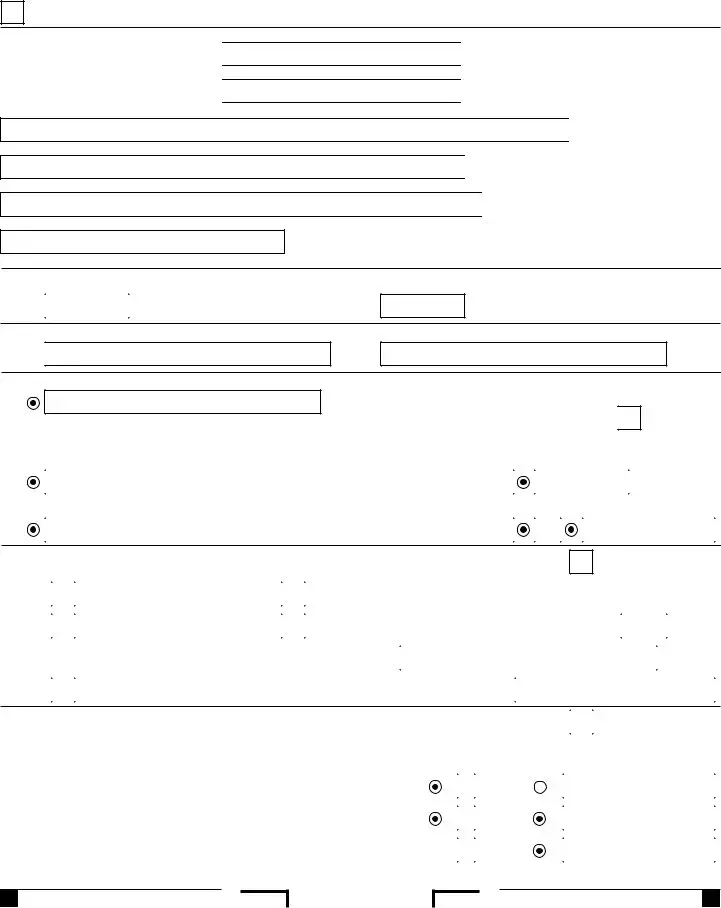

 If not, enter below your principal/physical residence address at the time of filing.
If not, enter below your principal/physical residence address at the time of filing.